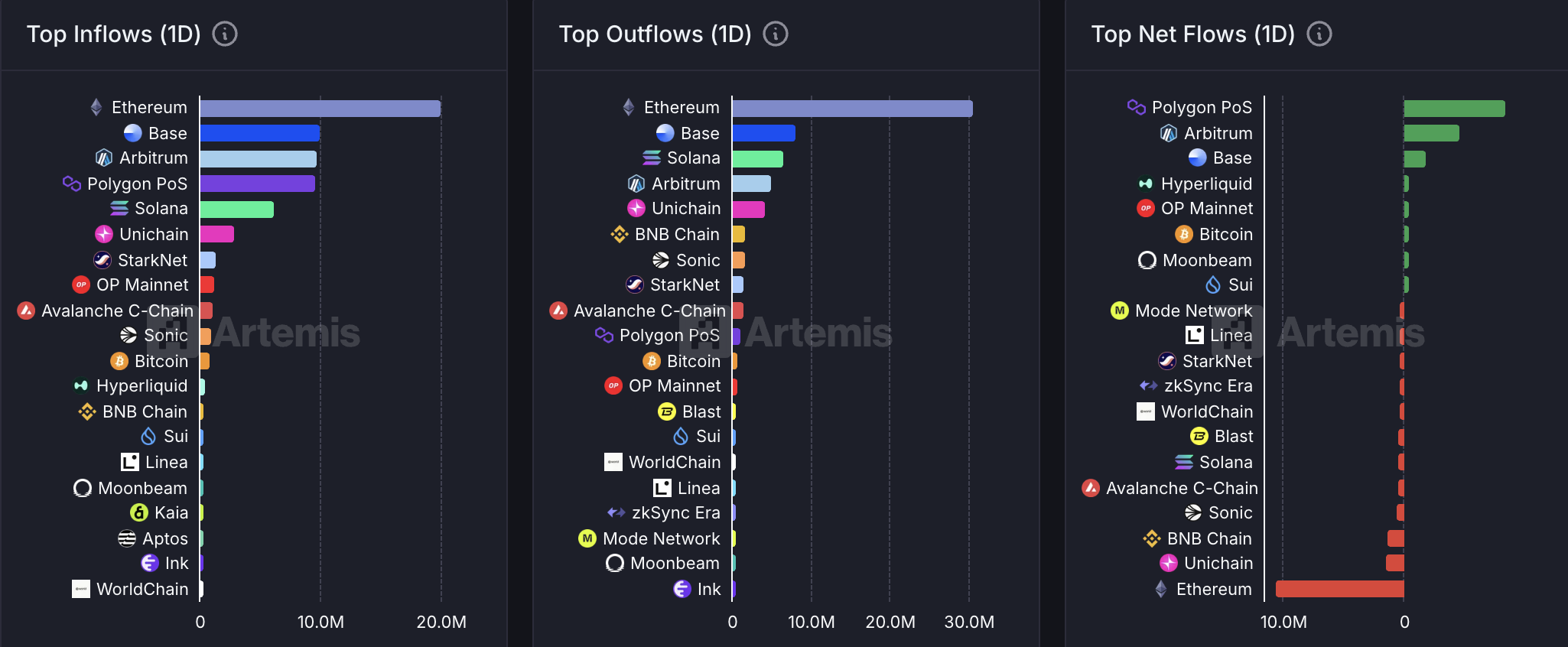Selected News
Whale James Wynn's Bitcoin long position has incurred a floating loss of $950,000
Tariff concerns boost safe-haven demand, gold prices surged significantly on Monday
Selected Articles
This article analyzes the core issues in Ethereum's current development, arguing that over-reliance on Layer 2 (L2) scaling solutions has disrupted Ethereum's flywheel effect (the virtuous cycle between economic progress, attention, and innovation), leading to a dispersion of network effects. The author suggests that Ethereum needs to readjust its development path: first, it should actively scale L1 to enhance its capabilities as a settlement and execution network, making it a more robust infrastructure; second, optimize L2 design, such as adopting "ultra Rollup" technologies, to enhance rather than weaken network effects in collaboration with L1; ultimately, by integrating core services, build a unified Ethereum ecosystem to achieve general synchronous composability and chain abstraction. This series of measures aims to usher Ethereum into an integration era, making it the preferred platform in the blockchain space with outstanding performance, security, and composability, thereby reactivating and strengthening the flywheel of network effects.
This research report delves into Web3 parallel computing as the ultimate solution for blockchain scaling. The article points out that traditional scaling methods such as Layer 2 and modular blockchains face issues like ecological fragmentation, while on-chain parallel computing can achieve a qualitative leap in performance while maintaining single-chain consistency by reconstructing the execution engine architecture. The report analyzes five major parallel computing technical paths (account-level, object-level, transaction-level, virtual machine-level, and instruction-level) and focuses on comparing two mainstream solutions: Monad's "from scratch" new parallel chain and MegaETH's "EVM compatible" incremental improvement. The research concludes that parallel computing can not only address current performance bottlenecks but also provide infrastructure support for complex applications like blockchain games and AI agents. Although it faces challenges in technical implementation and developer migration, it may be the most sustainable path for Web3 to achieve native scaling, driving the transition of blockchain from a "distributed ledger" to a "decentralized computer" paradigm.
On-Chain Data
On-chain capital flow situation on June 2

免责声明:本文章仅代表作者个人观点,不代表本平台的立场和观点。本文章仅供信息分享,不构成对任何人的任何投资建议。用户与作者之间的任何争议,与本平台无关。如网页中刊载的文章或图片涉及侵权,请提供相关的权利证明和身份证明发送邮件到support@aicoin.com,本平台相关工作人员将会进行核查。




